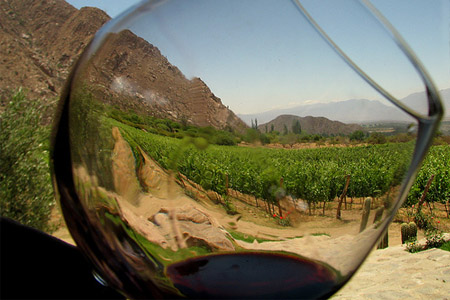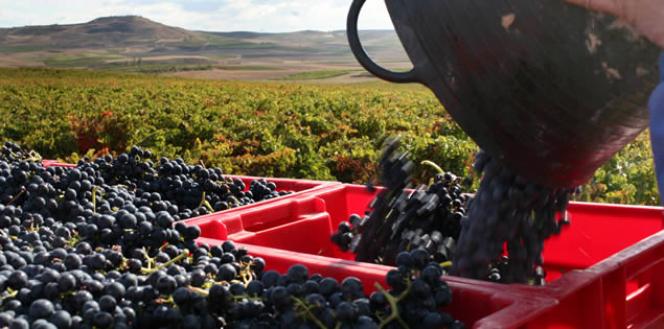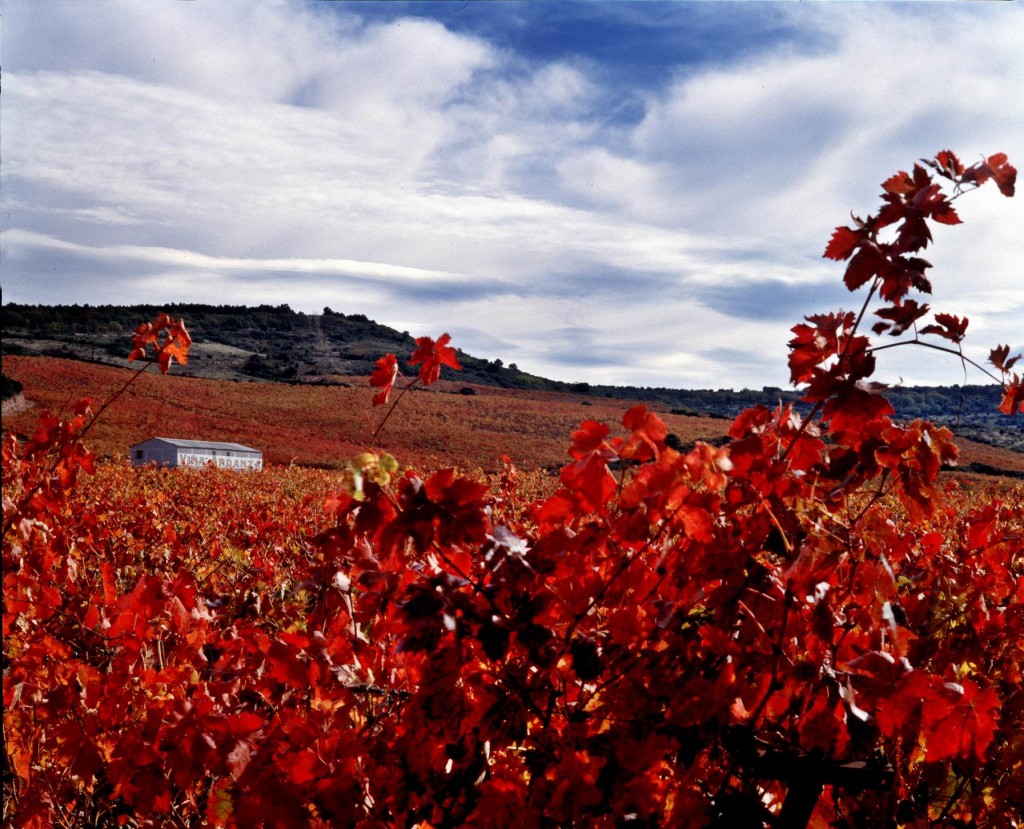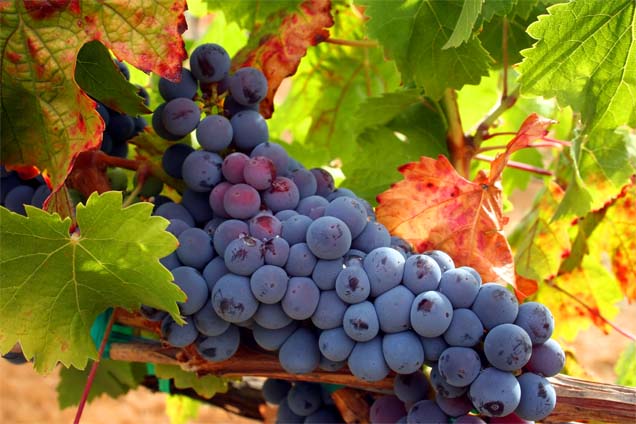 Rioja is a region in Spain with a long, glorious vinicultural history. Rioja wine, especially the red, has been well known for centuries. The Rioja vineyards were planted even before the traditional bringers of wine, the expanding Romans, moved into the area.
Rioja is a region in Spain with a long, glorious vinicultural history. Rioja wine, especially the red, has been well known for centuries. The Rioja vineyards were planted even before the traditional bringers of wine, the expanding Romans, moved into the area.
Wine and vineyards have always held a special place in Spaniards’ hearts. Spain has more acreage planted than any other country. They do not produce the most wine because of their standards of quality. Their attention to detail has been documented for centuries. According to the Consejo Regulador of Rioja website: In 1635, the Mayor of Logroño banned carriages from passing along the roads next to cellars “for fear that the vibration from these vehicles might affect the juice and the ageing of our precious wines”. The board was created in 1926 to oversee the proper use of the Rioja appellation. The appellation itself was set up by royal decree in 1902.

After a long process, during which the “Rioja” Designation of Origin always endeavoured to ensure quality and maintain controls at point of origin, its efforts finally received their due recognition and on the 3rd April 1991 a Ministerial Order granted the category of Calificada to the D.O., the first wine designation of origin in Spain to attain this ranking. Actually, there are only 2 wine regions that have the Calificada category, Priorat and Rioja.

The D.O.Ca Rioja is principally known for its red wines, although whites and roses are also produced. The majority of wineries still employ their own formula to make the reds from a blend of at least three varieties of grape, with tempranillo, the noblest red grape of Spanish origen, being the most important. This grape lends elegance to the wines, with a strong aroma and complex taste. It is this factor above all, together with the ageing in casks which characterises the Rioja wine’s features and personality.

La Rioja is divided in three sub-regions, Rioja Alta (Haro, Ezcaray, Santo Domingo…), Rioja Alavesa (El ciego, Labastida, Laguardia..) and Rioja Baja (Calahorra, Aldeanueva de Ebro…) There you can learn how Riojan vintners ensure vibrant blends and top-quality wines by taking advantage of each sub-region’s unique characteristics.
